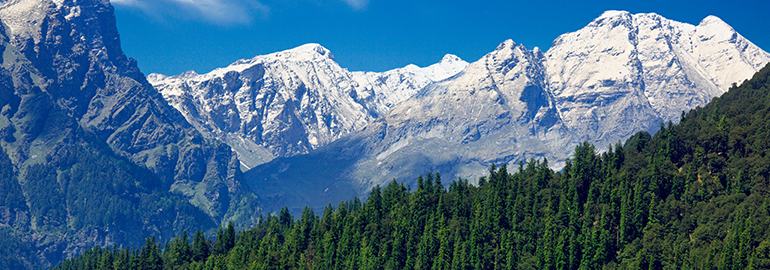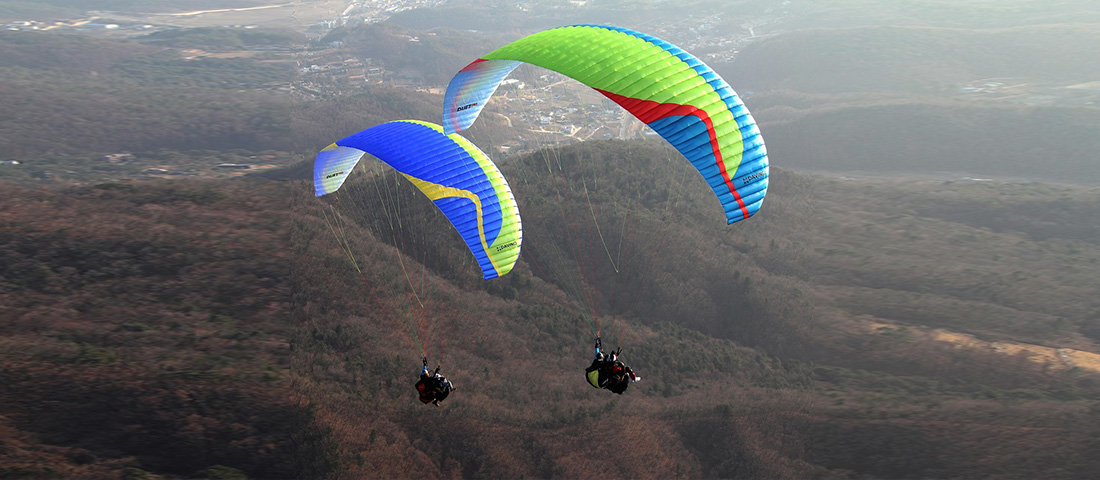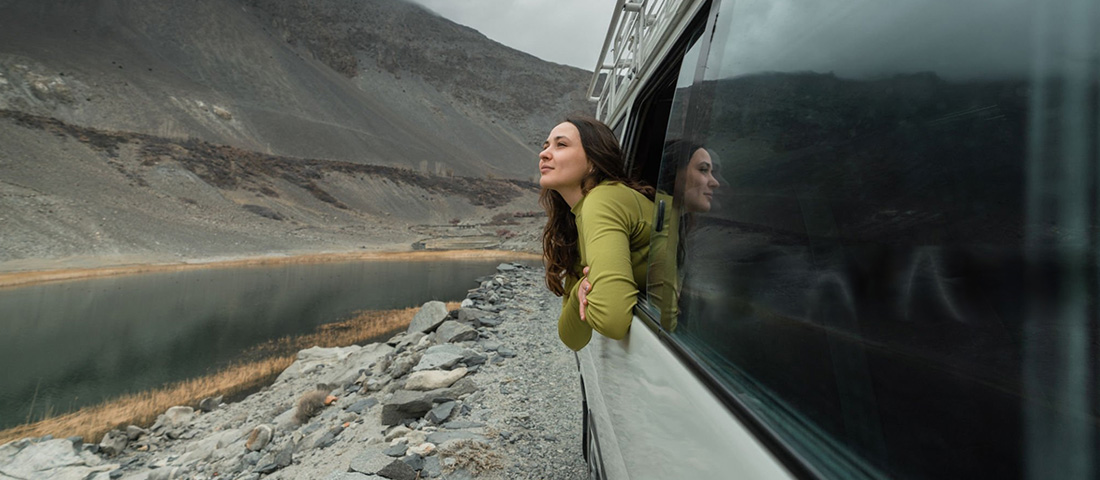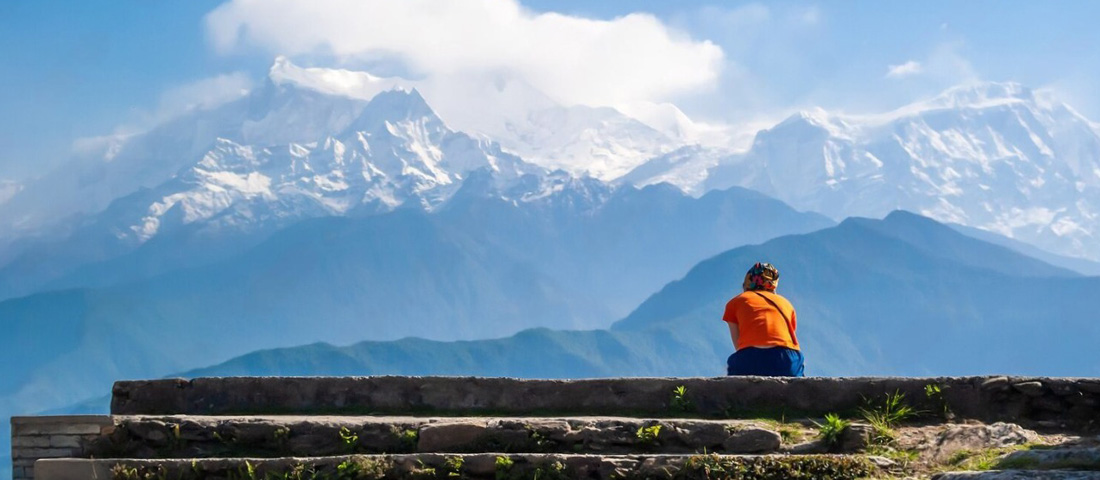Himachal Pradesh

Himachal Pradesh Background:
The Indus civilization is one of the world's oldest civilizations, dating back at least 5,000 years. Around 1500 BC Aryan tribes invaded from the northwest. Their fusion with the early Dravidian inhabitants gave rise to classical Indian culture. Arab incursions from the 8th century, Turkic invasions in the 12th century were followed by European traders from the late 15th century. By the 19th century, Britain had almost all of India under political control. The Indian Army of the British Army played an important role in both world wars. Independence was achieved in 1947 through non-violent resistance to British colonialism led by Mohandas Gandhi and Jawaharlal Nehru. The subcontinent was divided into a secular state, India, and a smaller Islamic state, Pakistan. As a result of the third war between the two countries in 1971, East Pakistan became independent as Bangladesh. Despite impressive growth in economic investment and economic output, India faces pressing challenges such as the ongoing conflict with Pakistan over Kashmir, massive overpopulation, environmental degradation, widespread poverty, and ethnic and religious conflicts. facing a problem.
From the foothills of the Himalayas
From the foothills of the Himalayas to the remotest corners of Kerala, from the slums of Kolkata to the ashrams of Rishikesh, from the ghats of Varanasi to the beaches of Goa. . . India will be fascinated, shocked and delighted.
Be enchanted by its myriad cultures, penetrating scents and colors, the intensity of life, its many gods and temples, its people, its food and its religious fervor. Open sewers, poverty, noise, dirt, fraud, looks shocked me. Marvel at chaotic traffic, tigers and lions, holy and unholy people, food, drugs, mountains and beaches, jungles and deserts, religious and sensual temples.
India is a land of extremes, where the full spectacle of life can be witnessed before your very eyes, uncensored, uncensored and shameless. You will experience death, birth, and possibly rebirth, and see people washing, bathing, crying and laughing, and perhaps squatting and defecation. All on the first day. The country has a history that stretches back to immortality, is home to hundreds to thousands of gods and religions, and will soon surpass China in population despite being less than half the size. The romantic history and architecture of the Taj Mahal, Gandhi and the number zero come to life. Honestly, the world would be a very different place if these three didn't exist.
No country is more diverse than India. Buckle up and experience the wildest roller coaster on this amazing subcontinent. Love it or hate it, but never forget it.
India is hot, delicate and can get very expensive if you are not careful. Beware of touts and scams!
No visit to India is complete without visiting the Taj Mahal in Agra. Go at sunrise before the crowds!
To get a sense of Indian spirituality you have to go to Varanasi, India's holiest city
The palaces and forts of Rajasthan are a must, if you have to pick three, Udaipur, Jodhpur and Jaisalmer should be on top of that list
Head to the temples of Khajuraho with famously erotic carvings, which only represent a tenth of the intricate carvings on the walls.
Tired of temples and forts, go to Goa for dance, trance and beach partying
If things start heating up in the plains, it is time to make the trek to the Himalayas, to Ladakh with its Tibetan temples, Kashmir where you can laze away on a house-boat in
Srinagar, or Darjeeling for a cuppa tea
Marvel at the exquisite art of the Ajanta and Ellora caves in Maharashtra
Take a safari to see the elusive tiger in Bandhavgarh National Park, or try and find the even more elusive Asiatic lion in Sasan Gir National Park
Join the pilgrims at the Golden Temple in Amritsar
Take a languid boat trip on the Keralan backwaters
- 10 Reasons Why Triund Trek is the Best Trek in India
- A Guide to Booking Your Adventure
- Adventure Tour Company
- Best Time to Visit Ladakh
- Camping Places in Himachal
- Hidden Himalayas
- Himalaya adventure
- How tall is the largest tree in the world
- Kedarnath Yatra Package
- Nepal Trekking
- Trekking in Mcleodganj
- Trekking in Dharamshala
- 10 Tips to Travel with Children
- Dharamshala Cricket Stadium
- Top 10 Hotels in Mcledoganj
- 10 Tips for Booking Affordable Accommodation
- My Mcleodganj Trips 2023
- 10 Must See Summer Destinations in India
- The Mystical Caves of Meghalaya
- Hidden Gems Uncovering Indian Offbeat Destinations
- Kerala often referred to as Gods Own Country
- Discovering The Heritage of Pudicherry
- Exploring The Unexplored Offbeat Trails of Himachal Pradesh
- The Hidden Treasures of Himachal Pradesh
- Kasol Trekking Places
- Kullu Manali Informative Blog
- India
- Complete Information ABout Trekking Places in India
- Nepal Treks
- Charming India Righly Called a Travelers Paradise
- Best attractions in Bastar
- 10 Tourrist Sports and attractions in Orchha
- What to See in New Delhi
- Famous Cities and Forts of Kerala
- Faith Spirituality Temples in Kerala







